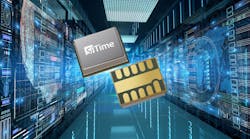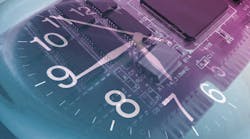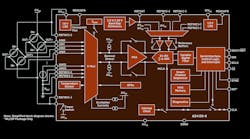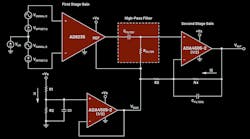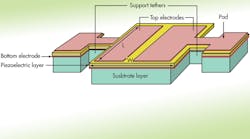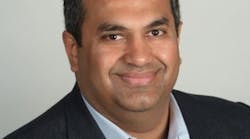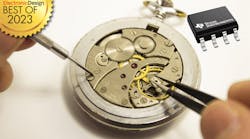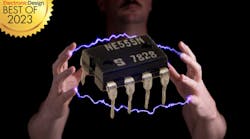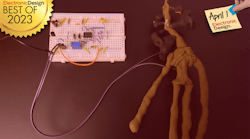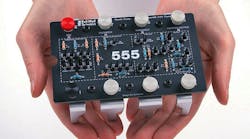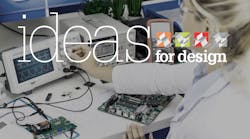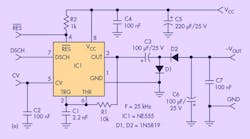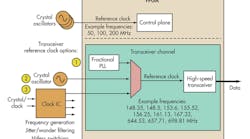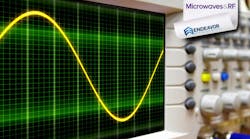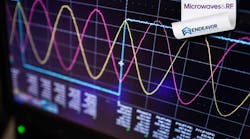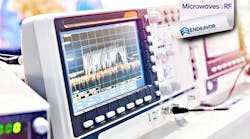Whether is analog or digital, synchronous or asynchronous, engineers have to contend with time and synchronization issues. This TechXchange examines many, but not all, of the technologies and methodologies related to timing and synchronization. This includes things like oscillators and other time-related technologies like time sensitive networking (TSN).
Timing and Networks
Timing is critical to network operation and more robust timing and synchronization can be useful as well. Timing protocols like IEEE 1588 and time sensitive networking (TSN) are required for many applications.
Chips and Clock Trees
Integrated circuits often require and implement various timing functions. Large devices like FPGAs incorporate multiple clocks and distribute these signals throughout the chip. These articles take a look at structures like clock trees used in FPGAs and large integrated circuits.
Oscillators, Clocks and Resonators
Oscillators are one of the basic timing devices.
Synchronization and Timing Basics
Synchronization logic and circuits provide a way to coordinate the operation of different parts of a system. One of the challenges engineers need to deal with is jitter.
555 Timers
The NE555 timer is one of the most popular integrated circuits. Have you used a 555 timer in the past. Take our 555 time poll and let us know.
Phase-Locked Loops
Phase-locked loops (PPL) track the phase of an input signal generating an output signal that is in phase relative to the input. They are often used for clock synchronization.





